Cleaning wood cabinets is an essential part of maintaining their beauty and prolonging their life. However, with so many cleaning products available in the market, it can be difficult to know which one is best for your cabinets. One popular option is Murphy’s oil soap, a natural and effective cleaner that can remove grime, grease, dirt, and layers of food from your wood cabinets without damaging them.
If you’re wondering how to clean wood cabinets with Murphy’s oil soap, you’ve come to the right place. In this article, we’ll provide you with step-by-step instructions on how to use this product to restore your cabinets to their former glory. We’ll also share some helpful tips and tricks to make the process easier and more effective. Whether you’re a seasoned cleaner or a beginner, you’ll find everything you need to know about cleaning wood cabinets with Murphy’s oil soap in this article.
Understanding Murphy’s Oil Soap
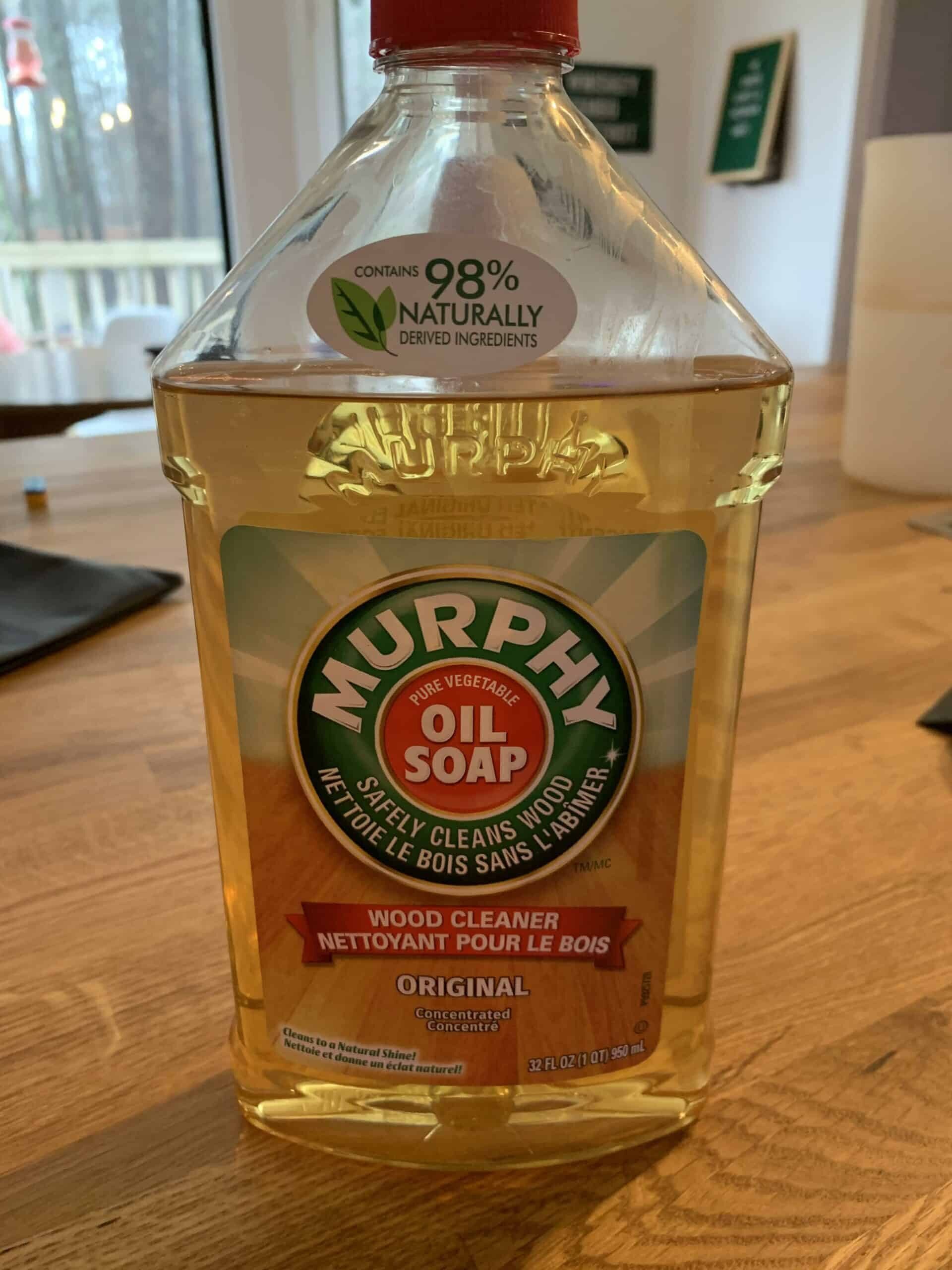
Murphy’s Oil Soap is a popular cleaning product for wood cabinets. It is a versatile cleaner that can be used on various surfaces, including wood, tile, and laminate. This soap is made from natural ingredients, such as vegetable oil and coconut oil. It is also free from harsh chemicals, making it a safe option for cleaning your cabinets.
When using Murphy’s Oil Soap, it is essential to follow the instructions carefully. Dilute the soap with water to the recommended ratio, usually 1/4 cup of soap to one gallon of water. Using too much soap can leave a residue on your cabinets, which can attract dust and dirt.
Before applying the soap, remove any loose dirt or debris from your cabinets. You can use a soft-bristled brush or a microfiber cloth to do this. Then, dip your cloth or sponge in the soapy water and wring it out to remove excess water. Gently wipe your cabinets with the cloth, making sure to cover all areas.
After cleaning, rinse your cabinets with clean water to remove any remaining soap residue. Dry your cabinets with a clean, dry cloth to prevent water stains.
Murphy’s Oil Soap is an excellent choice for cleaning your wood cabinets, but it is not suitable for all types of wood. Avoid using it on unfinished or waxed wood, as it can damage the surface. Always test a small, inconspicuous area before using the soap on your entire cabinet to ensure it does not cause any damage.
In summary, Murphy’s Oil Soap is a natural and safe option for cleaning your wood cabinets. Dilute the soap with water, remove loose dirt and debris, gently wipe your cabinets with the soapy water, rinse with clean water, and dry with a clean cloth. Remember to test a small area before using the soap on your entire cabinet.
Preparation Before Cleaning
Before you start cleaning your wood cabinets with Murphy’s Oil Soap, you need to prepare a few things. Here are some helpful tips to ensure that you have everything you need to get started:
- Gather Materials: You will need two large buckets, one for the soapy water and the other for clean water. You will also need a sponge or cloth to apply the soap and a dry cloth to wipe away excess water.
- Remove Items: Clear out all items from the cabinets to make sure you have easy access to all surfaces. This will also prevent any items from getting damaged or wet during the cleaning process.
- Test a Small Area: Before cleaning the entire cabinet, test a small area first. This will ensure that the soap does not damage the wood or finish.
- Follow Manufacturer’s Instructions: Be sure to read and follow the manufacturer’s instructions on the bottle of Murphy’s Oil Soap. This will help you determine the correct ratio of soap to water and ensure that you are using the product correctly.
- Protect Surrounding Areas: Cover any nearby surfaces or floors with a towel or drop cloth to protect them from any drips or spills during the cleaning process.
By following these simple steps, you will be ready to clean your wood cabinets with Murphy’s Oil Soap and restore their natural beauty.
Cleaning Wood Cabinets with Murphy’s Oil Soap
If you have wood cabinets in your home, you know how important it is to keep them clean and looking their best. Murphy’s Oil Soap is a great option for cleaning your wood cabinets, as it is gentle yet effective. Here’s how you can use Murphy’s Oil Soap to clean your wood cabinets.
Gathering Necessary Tools
Before you begin cleaning your wood cabinets with Murphy’s Oil Soap, you’ll need to gather a few necessary tools. Here’s what you’ll need:
- Murphy’s Oil Soap
- Warm water
- Two buckets
- A soft cloth or sponge
- A dry towel
Applying the Soap
Once you have all your tools gathered, it’s time to apply the soap. Follow these steps:
- Fill one bucket with water and add Murphy’s Oil Soap. Check the instructions on the product to be sure of the ratio of water to soap.
- Use warm water because it will break up oil and help get rid of dirt.
- Fill your other bucket with clean, warm water.
- Dip your cloth or sponge into the bucket with the soap mixture, and wring it out so it’s not dripping wet.
- Begin wiping down your cabinets with the soapy cloth or sponge, making sure to get into all the nooks and crannies.
- Don’t forget to clean the handles and knobs of your cabinets too.
Wiping and Drying
After you’ve applied the soap, it’s time to wipe and dry your cabinets. Follow these steps:
- Dip your cloth or sponge into the bucket with clean, warm water, and wring it out so it’s not dripping wet.
- Wipe down your cabinets with the clean cloth or sponge to remove any soap residue.
- Dry your cabinets with a dry towel to prevent any water spots or damage to the wood.
And that’s it! With these simple steps, you can use Murphy’s Oil Soap to clean your wood cabinets and keep them looking their best.
Maintaining Wood Cabinets
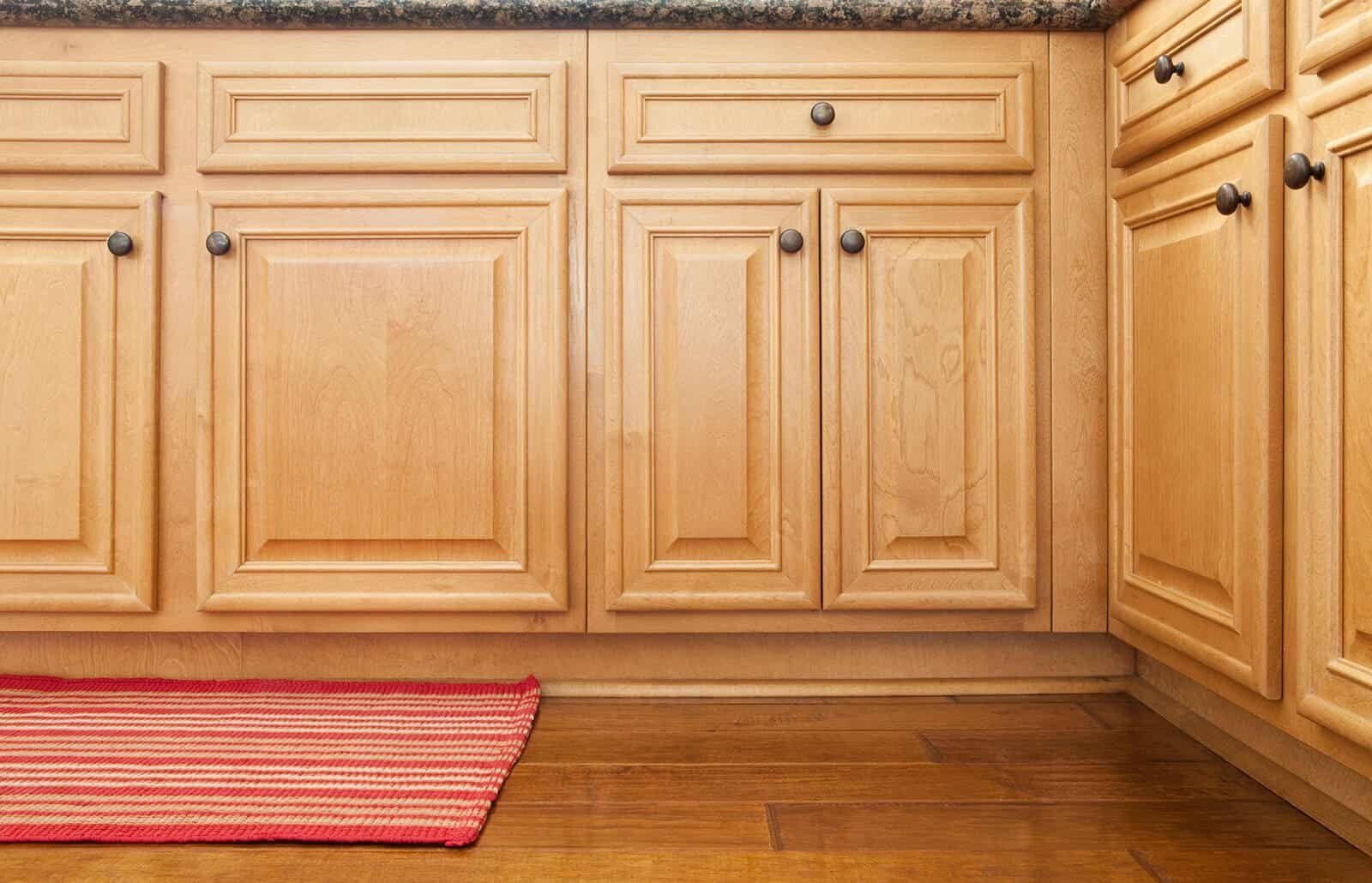
Once you’ve cleaned your wood cabinets with Murphy’s Oil Soap, it’s important to maintain them properly to keep them looking their best. Here are some tips to help you:
1. Avoid Harsh Chemicals
Avoid using harsh chemicals or abrasive cleaners on your wood cabinets, as they can damage the finish and cause discoloration. Instead, stick to gentle cleaners like Murphy’s Oil Soap or a mixture of warm water and vinegar.
2. Clean Up Spills Immediately
If you spill something on your wood cabinets, clean it up immediately to prevent staining and damage. Use a damp cloth and a mild cleaner to gently wipe away the spill.
3. Use Coasters and Placemats
To prevent scratches and water damage, use coasters and placemats on your wood cabinets. This will help protect the surface from heat, moisture, and scratches caused by dishes and glasses.
4. Dust Regularly
Dust your wood cabinets regularly to prevent the buildup of dirt and grime. Use a soft cloth or microfiber duster to gently wipe away dust and debris.
5. Polish Occasionally
To keep your wood cabinets looking shiny and new, polish them occasionally with a high-quality furniture polish. Be sure to follow the manufacturer’s instructions carefully and avoid using too much polish, as it can leave a sticky residue.
By following these simple tips, you can keep your wood cabinets looking beautiful for years to come.
Safety Precautions When Using Murphy’s Oil Soap
Cleaning your wood cabinets with Murphy’s Oil Soap is a great way to keep them looking clean and fresh. However, it’s important to use the product safely to avoid any accidents or damage to your cabinets. Here are some safety precautions you should keep in mind when using Murphy’s Oil Soap:
1. Read the Label
Before using Murphy’s Oil Soap, make sure to read the label carefully. The label will provide you with important information about how to use the product safely and effectively. Pay attention to any warnings or precautions listed on the label.
2. Wear Gloves
Murphy’s Oil Soap can be harsh on your skin, so it’s important to wear gloves when using it. Rubber gloves are the best option, as they will protect your hands from the soap and any dirt or grime you may be cleaning off your cabinets.
3. Test on a Small Area
Before using Murphy’s Oil Soap on your entire cabinet, test it on a small, inconspicuous area first. This will allow you to make sure that the soap is safe for your cabinets and won’t cause any damage or discoloration.
4. Don’t Use Too Much Water
When cleaning your cabinets with Murphy’s Oil Soap, be careful not to use too much water. Too much water can cause warping or damage to your cabinets. Instead, use a lightly damp cloth or sponge to apply the soap, and wring out any excess water before using it on your cabinets.
5. Keep Out of Reach of Children and Pets
Murphy’s Oil Soap should be kept out of reach of children and pets. Store the product in a safe, secure location where it cannot be accidentally ingested or spilled. If swallowed, seek medical attention immediately.
By following these safety precautions, you can safely and effectively clean your wood cabinets with Murphy’s Oil Soap, keeping them looking beautiful for years to come.
When to Seek Professional Help
Cleaning your wood cabinets with Murphy’s oil soap is a simple task that you can do on your own. However, there are some situations where it may be best to seek professional help. Here are some instances where you may want to consider hiring a professional:
The Cabinets Are Extremely Dirty or Stained
If your cabinets are extremely dirty or stained, it may be difficult for you to clean them effectively on your own. In some cases, you may even make the situation worse by using the wrong cleaning products or techniques. A professional cleaner will have the experience and knowledge to properly clean your cabinets and remove any stubborn stains.
The Cabinets Have Sustained Water Damage
Water damage can cause serious problems for wood cabinets. If your cabinets have sustained water damage, it is important to address the issue as soon as possible to prevent further damage. A professional cleaner will be able to assess the damage and determine the best course of action to repair or replace the affected cabinets.
You Are Not Comfortable Cleaning the Cabinets Yourself
If you are not comfortable cleaning your wood cabinets yourself, it may be best to hire a professional. This is especially true if you have expensive or antique cabinets that require special care. A professional cleaner will have the necessary skills and equipment to clean your cabinets safely and effectively.
In any of these situations, it is important to choose a reputable and experienced professional cleaner. Look for someone who specializes in cleaning wood cabinets and has positive reviews from previous customers. By hiring a professional, you can ensure that your cabinets are cleaned properly and maintain their beauty for years to come.
Frequently Asked Questions
What is the best way to clean wood cabinets?
The best way to clean wood cabinets is to use a gentle cleaner that is specifically designed for wood. Murphy’s Oil Soap is a great option because it is gentle and effective. To clean your wood cabinets, mix warm water with Murphy’s Oil Soap and use a soft cloth or sponge to gently wipe down the surfaces. Be sure to avoid using abrasive sponges or harsh chemicals, as these can damage the wood and its finish.
How do you make wood cabinets shine?
To make your wood cabinets shine, you can use a furniture polish or wax. However, it is important to choose a product that is specifically designed for wood and to avoid using products that contain silicone, which can leave a residue on the surface of the wood. Alternatively, you can use a mixture of warm water and vinegar to clean your wood cabinets, which can help to remove dirt and grime and leave the surface looking shiny and clean.
What type of oil is best for wood cabinets?
When it comes to oiling wood cabinets, it is important to choose an oil that is specifically designed for use on wood. Mineral oil is a great option because it is safe, natural, and effective. To oil your wood cabinets, simply apply a small amount of mineral oil to a soft cloth and rub it into the surface of the wood. Be sure to wipe away any excess oil with a clean cloth to avoid leaving a residue.
Is Murphy’s Oil Soap safe for painted cabinets?
Murphy’s Oil Soap is safe for painted cabinets, but it is important to use it correctly to avoid damaging the paint. To clean painted cabinets, mix warm water with Murphy’s Oil Soap and use a soft cloth or sponge to gently wipe down the surfaces. Be sure to avoid using abrasive sponges or harsh chemicals, as these can damage the paint. Additionally, be sure to rinse the cabinets thoroughly with clean water after cleaning to avoid leaving a soapy residue.
How do you clean sticky wood kitchen cabinets?
To clean sticky wood kitchen cabinets, mix warm water with Murphy’s Oil Soap and use a soft cloth or sponge to gently wipe down the surfaces. If the cabinets are particularly sticky, you can add a small amount of baking soda to the mixture to help break down the grime. Be sure to avoid using abrasive sponges or harsh chemicals, as these can damage the wood and its finish.
Do you need to rinse off Murphy’s Oil Soap after cleaning wood cabinets?
Yes, it is important to rinse off Murphy’s Oil Soap after cleaning wood cabinets to avoid leaving a soapy residue. After cleaning, rinse the cabinets thoroughly with clean water and then dry them with a clean cloth. This will help to ensure that your cabinets are clean and free from any residue that could attract dirt and grime.



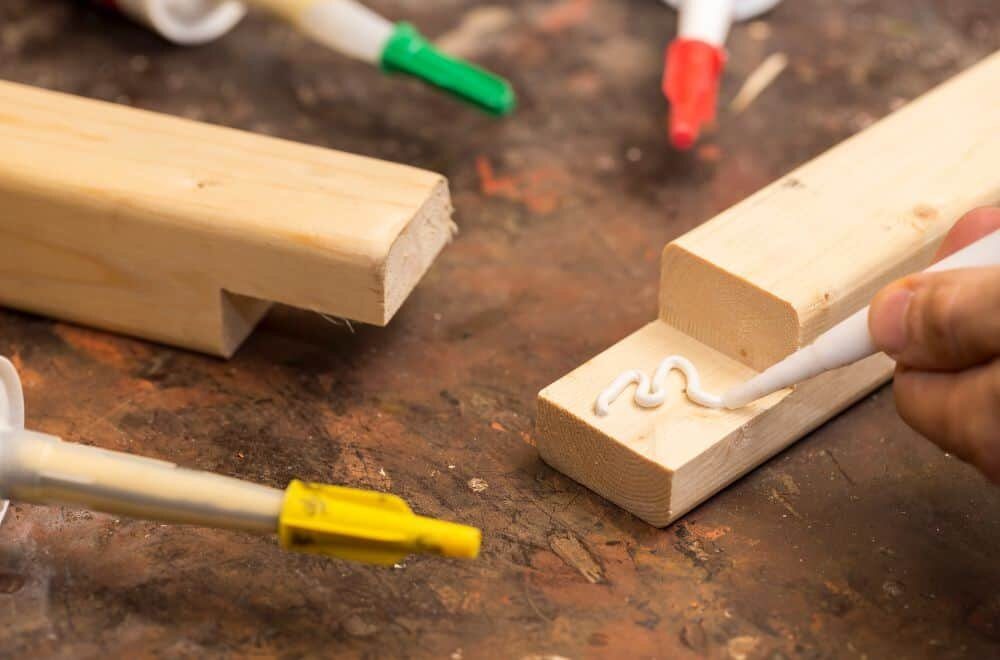
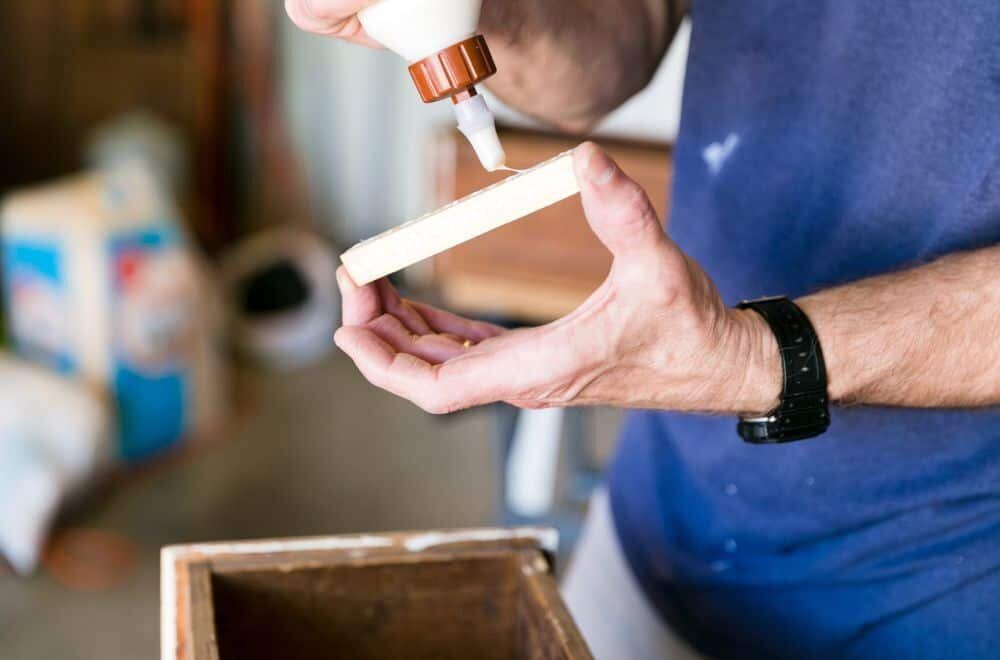
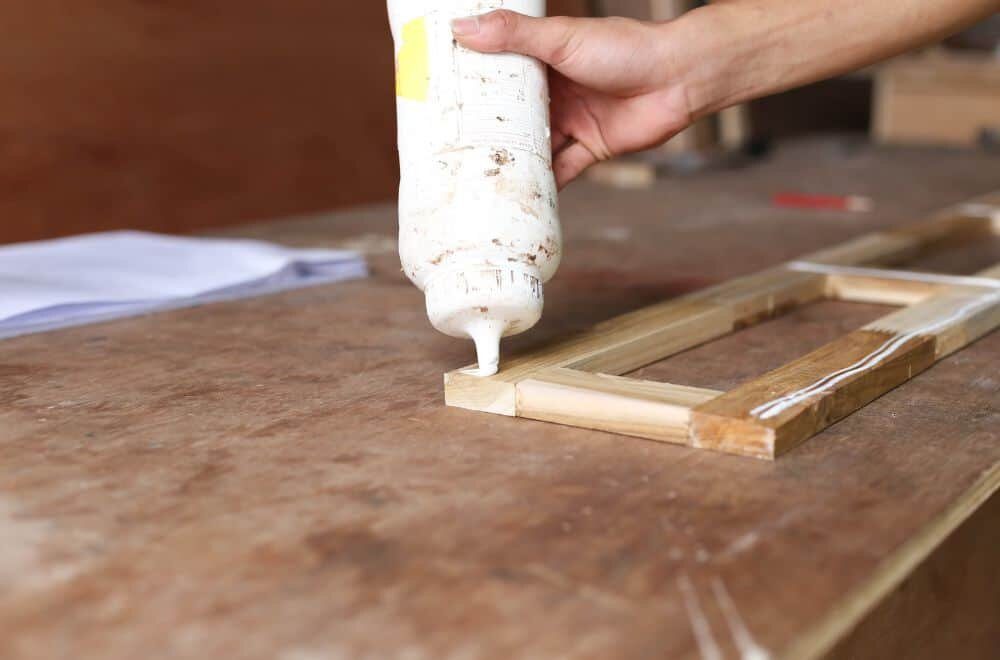
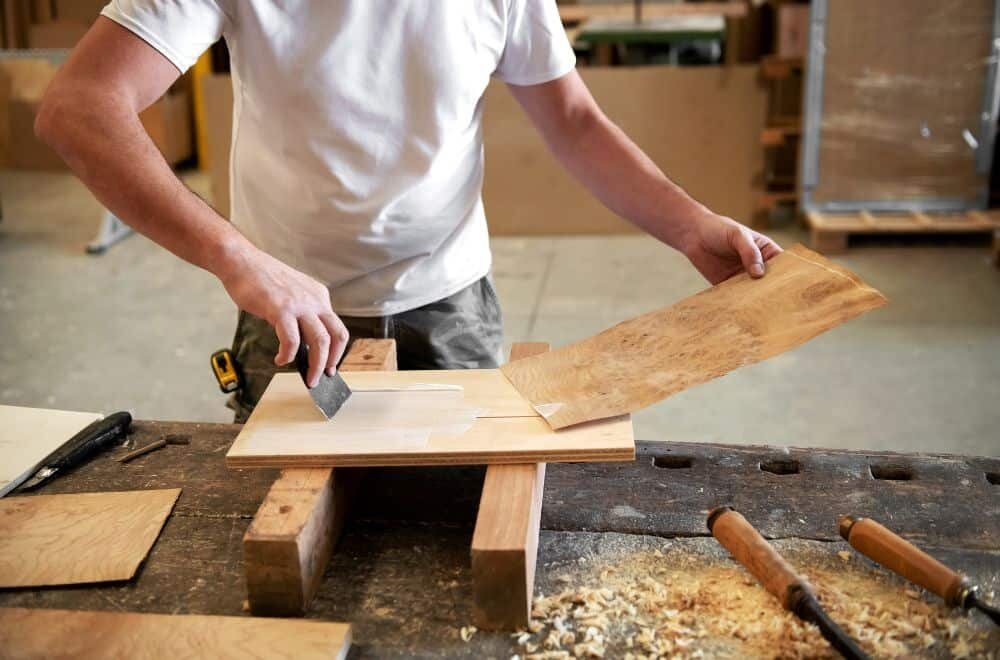
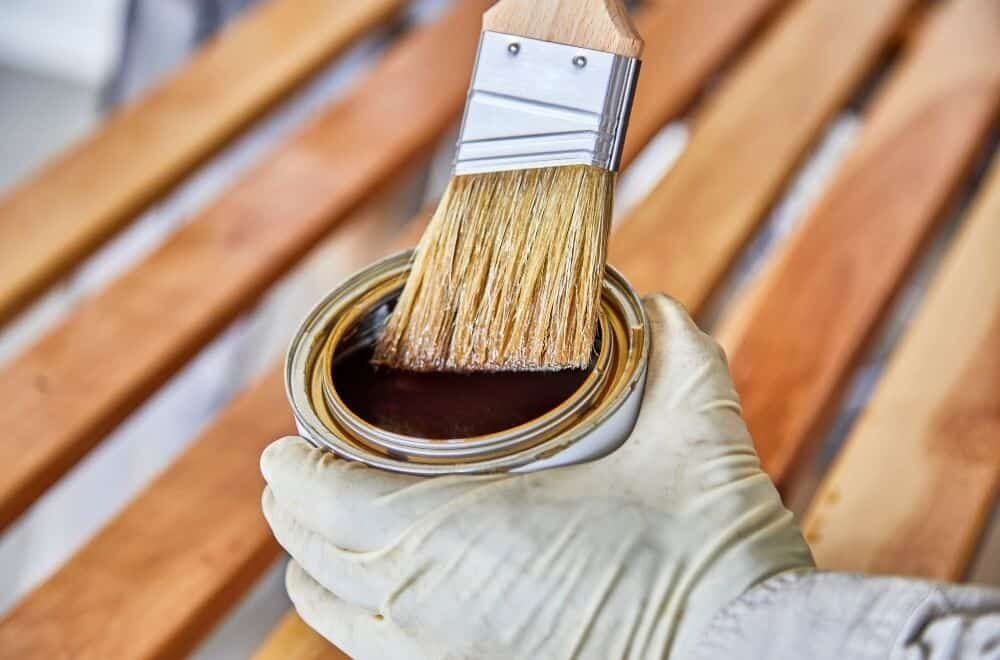
 Image Credit: citizenjournal
Image Credit: citizenjournal Image Credit: xivents
Image Credit: xivents

